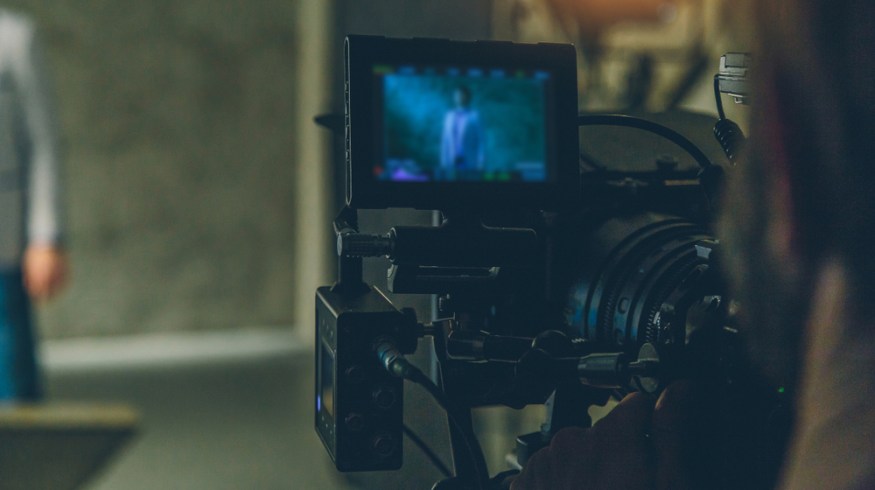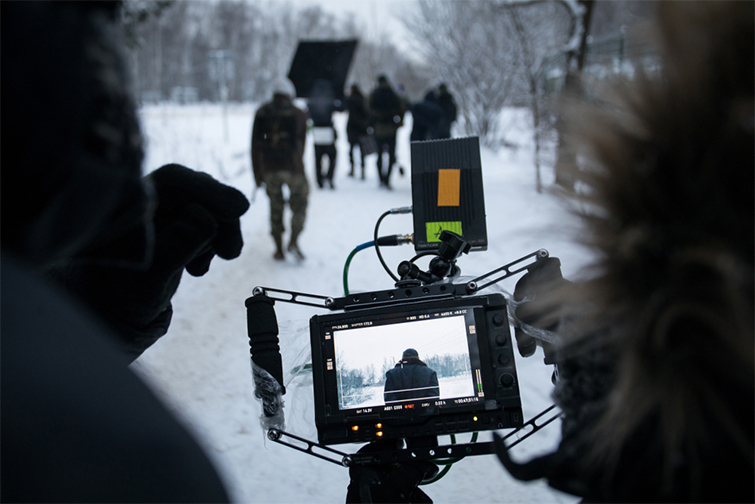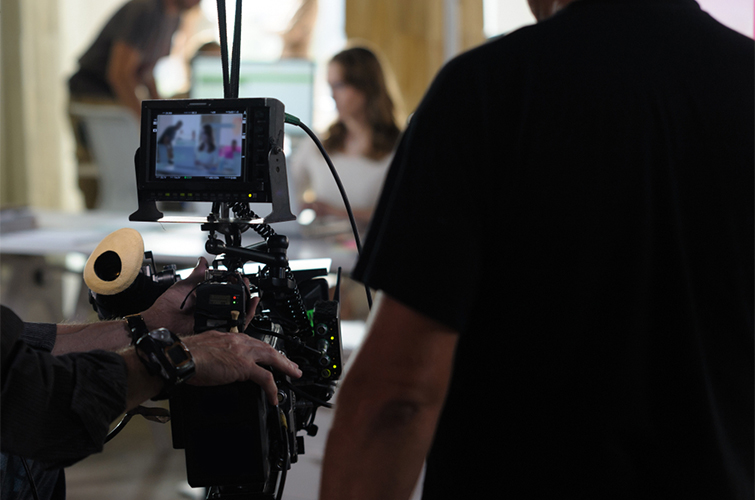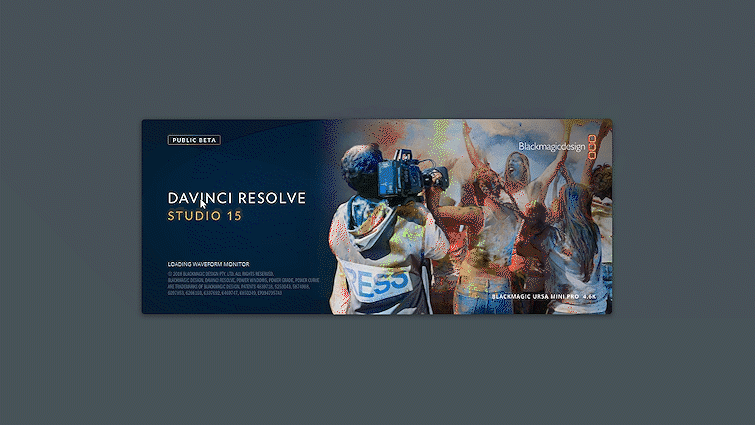
Production 101: What Is a Digital Imaging Technician
Ever wonder what a Digital Imaging Technician (DIT) is, and what they do? In this article, find out everything you need to know about this important role.
Cover image via Fedorovekb.
The Digital Imaging Technician (DIT) is the member of a film crew who makes sure the production meets its technical objectives on set. So what does that mean? For starters, DITs must be equal parts technician, creative consultant, and computer whiz. They must be able to interact with, assist, and advise the most important people on set.
As PremiumBeat Contributor Jonny Elwyn said in part 12 of his exhaustive 21-part series on the DIT’s role, “[The DIT] is an emerging and challenging role which requires a huge breadth of understanding of digital imaging and the gymnastics an image goes through to make it to screen.”
Yeah — this isn’t a job for everyone.
The DIT’s Job
The DIT’s laundry list of on-set responsibilities breaks down into three categories: data wrangling and protection, dailies, and assisting the DP and camera department.
Data Wrangling and Protection

Image via Fedorovekb.
A common misconception on low-budget sets is that the DIT simply transfers footage off of camera cards. The truth is that this is only the first step of a well-trained DIT’s process. As cards get filled, the DIT must properly transfer the footage to redundant archival drives, ensuring that one drive failure will not result in any lost footage.
When transferring footage, it’s vital that both drives receive footage copied from the source media. In other words, two card transfers: once for each drive. You cannot transfer the card to drive A and then take that copy from A to drive B. This would defeat the purpose of redundant archival drives. Unless both drives contain footage transferred from the source media, you do not have redundant copies of the footage.
There are many custom-built tools for transferring media designed with DITs in mind. The most common are Shotput, Adobe Prelude, Parashoot, and (my personal favorite) Resolve’s Clone Tool — see the .gif below for a super quick-and-dirty run-through of how to use the Clone tool and where to find the transfer logs.
These programs allow you to simultaneously copy footage from your source media to multiple archival drives and then provide bit-for-bit comparisons between the copied data, allowing the DIT to rapidly verify the integrity of the transferred footage.
After copying the source media and verifying the successful duplication of information across all archival drives, the DIT should perform a visual confirmation of each clip, scrubbing through to check for any issues.
At the end of the day, it is absolutely imperative that different people take the archive drives from set. If anything happens to one of the drives (or the person with the drive), the crew should never have to worry about everything they’ve shot up until that point. Their focus should be on the affected crew member, not the equipment.
These first two aspects are fundamental. Proper duplication and strict adherence to safeguarding the footage against all possible threats lie at the core of all of the DIT’s data responsibilities.
Dailies
Dailies are the “prints” or “selects” from a day’s shooting (synced with sound and with basic color correction) for department heads to review in order to plan any necessary re-shoots.

Image via Shishkin Dmitry.
The DIT assembles dailies as media and camera/sound notes come in. It is incredibly important for a DIT to have the proper tools and programs to quickly sync sound and apply basic color correction.
Dailies, like data wrangling, account for only a small portion of the DIT’s responsibilities. However, dailies need to be completed as quickly as possible so that the DIT is free to fulfill the final portion of their on-set responsibilities.
Chief Assistant to the Camera Department

Image via Evgeniy Kurt.
It is the DIT’s responsibility to walk on set, day one, with a complete plan to assist the camera department. They must have had discussions with the proper people in the post-production pipeline regarding resolution, aspect ratio, codecs, frame rates, LUTs, etc. It is the job of the DIT to communicate and assist in the implementation of these specifications with the camera department, specifically the assistant camera. They must have a thorough understanding of these parameters so that they may advise the DP or assistant camera about any shot.
The DIT must be available to build looks for each scene in the camera, matching color between shots, advising on exposure, or offer any other imaging assistance at the DP’s request.
The DIT should be the DP’s best friend on set. A good DP will know to rely on a good DIT; the DIT, in return, must be comfortable approaching the camera department at the earliest sign of any potential issues with the footage. They must be ready and waiting, not only for cards but also for any opportunities to solve problems for the camera department.
A DIT who has mastered these core disciplines is one of the most important people on any shoot. The vigilant, active DIT brings complete reassurance to the production’s leadership. The producers, directors, financiers, etc. know that there is a keen and watchful eye reviewing and protecting their project.
Looking for more production tips and tricks? Check out these articles.






